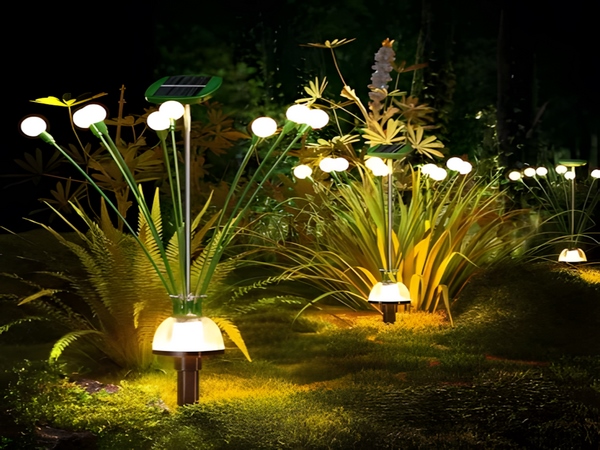
The city has its complexities; I want to return to the countryside, where the roads are more slippery and the routines are complicated. Words casually spoken can be transmitted in various ways. The reason the rural roads are considered more slippery and complicated is that rural infrastructure is not as well-developed as in big cities, making transportation in many villages inconvenient. Today, we will discuss the necessity of installing solar street lights in new rural construction.
The reasons are as follows: First, farmers have limited economic income. Using grid electricity for street lights incurs annual electricity fees that are not cost-effective. In contrast, new solar street lights utilize solar energy to convert to electricity, eliminating electricity costs, making them economically feasible. Secondly, grid street lights require land for installation, including excavation, which occupies substantial land, whereas solar street lights only need space the size of a battery, saving both manpower and material resources. The illumination effect of solar street lights is quite good, making them worth the investment and use in new rural construction. Below, we will focus on comparing the advantages of solar street lights.
1. Installation Cost Comparison:
Grid street lights require excavation and pipeline installation, while solar street lights do not need cable laying, saving substantial installation costs.
2. Operating Temperature Comparison:
Compared to traditional grid street lights, LED street lights do not generate high temperatures during use, preventing issues like blackening or burning of the lampshade.

3. Safety Performance Comparison:

Commonly used cold cathode lights and induction lights in the market illuminate through high-voltage electrodes. LED solar street lights are low-voltage products, significantly reducing safety hazards during use.
4. Environmental Performance Comparison:
Traditional street lights contain harmful heavy metals, whereas LED solar street lights are free from harmful metals. Their light spectrum is pure, emitting light without infrared or ultraviolet rays, causing no radiation or light pollution, making them typical green and environmentally friendly lighting products.
5. Electricity Cost Comparison:
The annual electricity cost of a 60W LED street light is only 20% of that for a 250W traditional high-pressure sodium street light, significantly reducing electricity expenses. Solar street lights are ideal energy-saving and consumption-reducing products.
6. Luminance Comparison:
A 60W LED solar street light can achieve luminance comparable to that of a 250W high-pressure sodium lamp, greatly reducing power usage. The low power consumption of LED street lights allows for integration with wind and solar energy, resulting in a wind-solar complementary solar street light.
7. Lifespan and Quality Comparison:
Traditional street lights have an average lifespan of 12,000 hours, leading to frequent repairs and replacements, which increase costs and disrupt traffic. In contrast, LED solar street lights average a lifespan of 100,000 hours. If used for 10 hours daily, they can last over ten years. Additionally, solar street lights excel in waterproofing and impact resistance, making them maintenance-free products.
This concludes the necessity of installing solar street lights in new rural construction. The construction of beautiful villages continues to deepen, and the use of solar street lights is becoming increasingly widespread.



